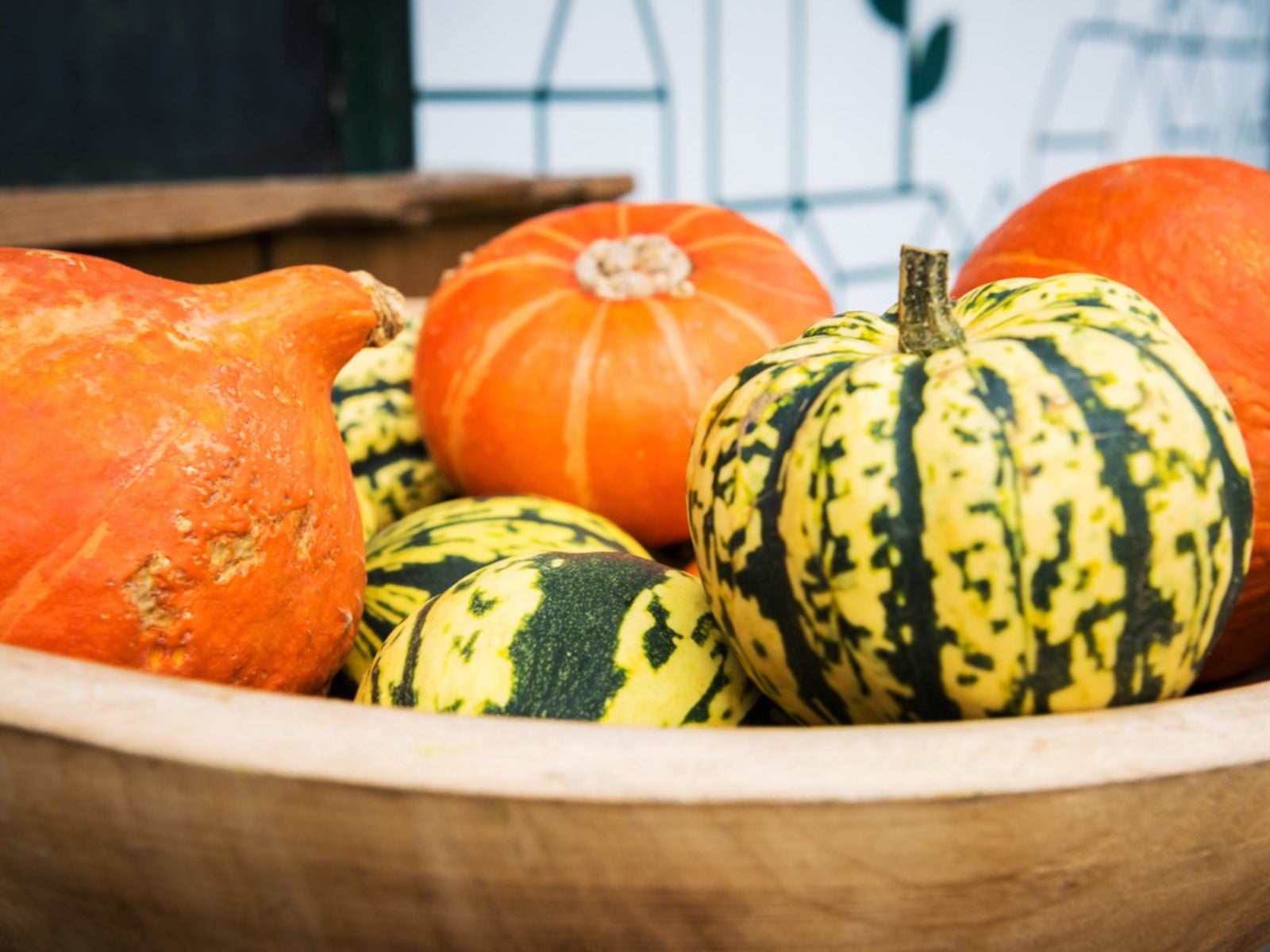Hardening Off Squash - How To Store Squash Over The Winter


Gardeners select from an amazing variety of squash with an astounding range of form, color, texture, and flavor. Squash plants are high in Vitamin C, B, and other nutrients. They can be cooked in a nearly infinite variety of ways, from desserts to soups, sautés, and purees. It's important to know how to store squash to increase their life. The fruit needs a little preparation before keeping to enhance its freshness.
How to Keep Squash
Some varieties of squash can keep months in good storage conditions. The rind must be kept from injury when storing winter squash and others, as this invites pests and infection into the fruit. Harvest the squash when they are the size you want for eating now, but for storage you need mature fruit. Dead vines may be an indication of ripeness or it may be when the squash twists easily off the vine. A better gauge is to push a fingernail into the rind. If it is hard and nearly impossible to pierce, it's ready. Cut the squash off with pruners and leave a 3 inch (8 cm.) stem for pumpkins and 1 inch (2.5 cm.) for winter squash. The stem helps prevent rot when you are keeping winter squash in storage.
Hardening Off Squash
Once you have harvested your squash, rinse off the dirt and lay them in a single layer. This will prevent damage from occurring to the rind. Properly storing winter squash requires you to cure the rinds. Hardening off squash is important to toughen the skin and create an impervious barrier against moisture, insects, mold, and bacteria, which would break down the fruit more quickly. High temperatures and humidity are the conditions to create a hard rind. Cure the squash for ten days in temperatures of at least 80 degrees F. (27 C.) and 80 percent humidity. Acorn squash don't need to be hardened off, as they lose their quality. Turn the fruits occasionally to expose them to air when keeping winter squash.
How to Store Squash
The squash keep longer if you can slow the respiration rate. This may be done by lowering the temperature. Every 18 degree reduction in temperature increases the time for storing winter squash. Keeping winter squash in a temperature of 50 to 55 degrees F. (10-13 C.) is the optimum range for most squash. Good ventilation is a necessary aspect of how to keep squash. It helps prevent rot and maintain uniform temperatures and humidity in the storage area. Keeping winter squash for the cold season is a great way to put fresh produce on your table. The length of time the fruit will keep varies by variety.
- Acorn squash will keep for five to eight weeks.
- Butternut squash are good for two to three months.
- Hubbard squash will last for up to half a year if they are properly hardened off and stored.
Gardening tips, videos, info and more delivered right to your inbox!
Sign up for the Gardening Know How newsletter today and receive a free copy of our e-book "How to Grow Delicious Tomatoes".

Bonnie Grant is a professional landscaper with a Certification in Urban Gardening. She has been gardening and writing for 15 years. A former professional chef, she has a passion for edible landscaping.
-
 Types Of Tomatoes Explained: Explore The Many Wonderful Shapes, Colors, Flavors, & Best Uses
Types Of Tomatoes Explained: Explore The Many Wonderful Shapes, Colors, Flavors, & Best UsesThe world of tomato varieties is vast and fascinating. Learn about the key types to grow in your garden, tailored to your preferences and space.
By Amy Grant
-
 Try The Trend – Turn Any Bed Into A Keyhole Garden With This Clever In-Ground Composter
Try The Trend – Turn Any Bed Into A Keyhole Garden With This Clever In-Ground ComposterKeyhole gardening is an efficient and sustainable practice that saves space. Get started on this DIY project quickly and easily with an in-ground composter.
By Bonnie L. Grant